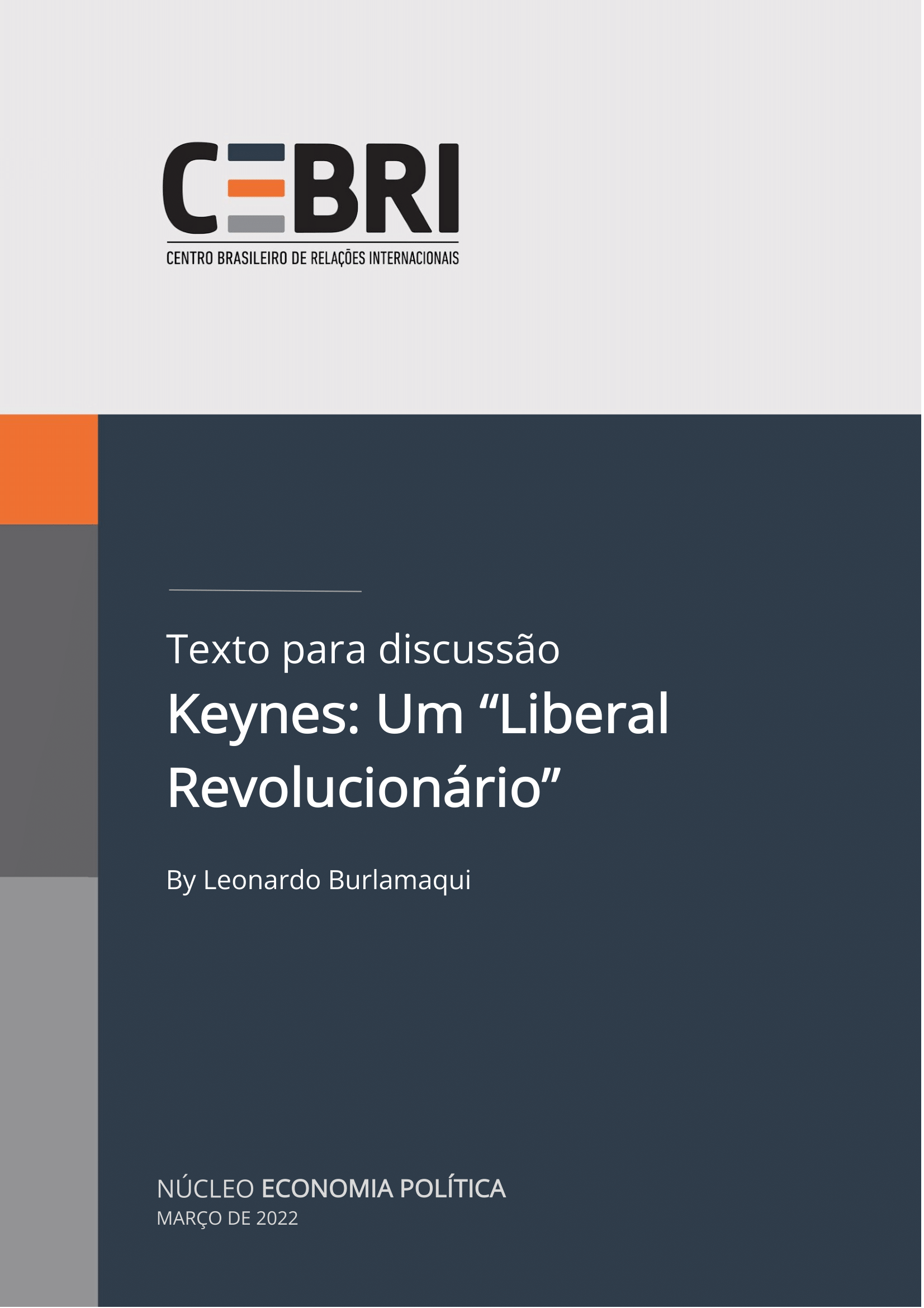Studies and Research
Keynes: Um “Liberal Revolucionário”
- 10 march 2022
This essay is an attempt to map the historical interpretation and economic sociology that shaped the "theoretical revolution" proposed by Keynes in 1936. It is also an effort to analyze some of his main writings in the period between 1919 when his pamphlet The Economic Consequences of Peace was published, and 1936 when the General Theory was published. The central proposition of the essay is that, in this period, Keynes built not only an accurate analysis of the changes in the political-institutional structure of capitalism since the turn of the twentieth century but also conceived a set of institutional reforms and a broad public policy program to implement them.
This essay is an attempt to map the historical interpretation and economic sociology that shaped the "theoretical revolution" proposed by Keynes in 1936. It is also an effort to analyze some of his main writings in the period between 1919 when his pamphlet The Economic Consequences of Peace was published, and 1936 when the General Theory was published. The central proposition of the essay is that, in this period, Keynes built not only an accurate analysis of the changes in the political-institutional structure of capitalism since the turn of the twentieth century but also conceived a set of institutional reforms and a broad public policy program to implement them.


